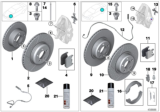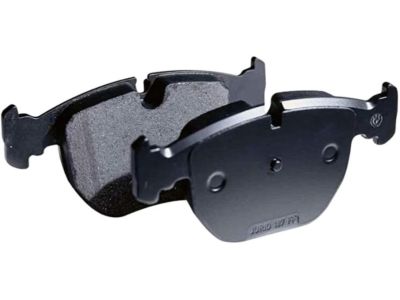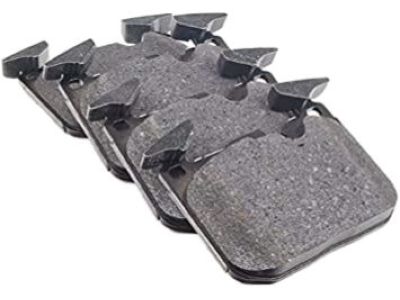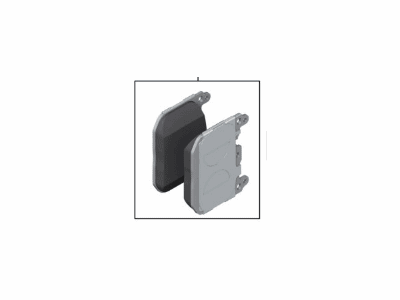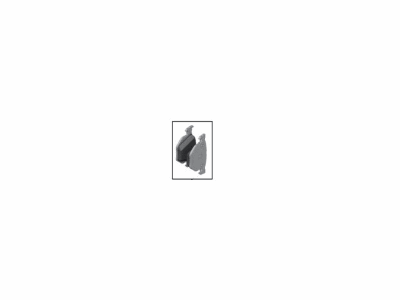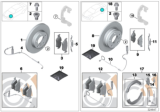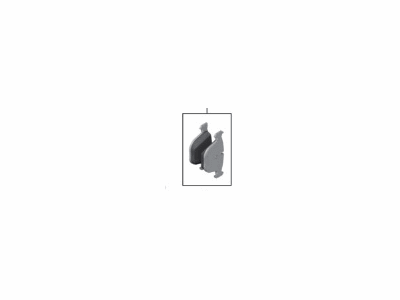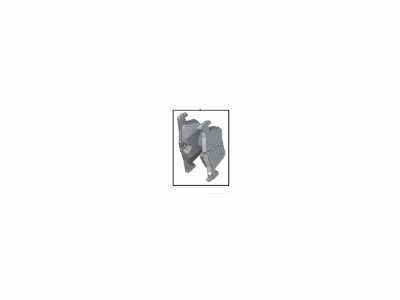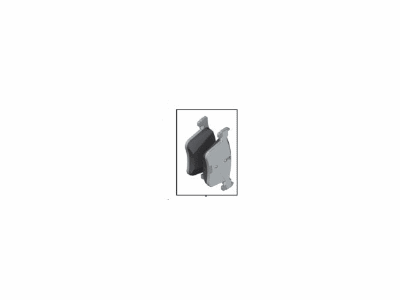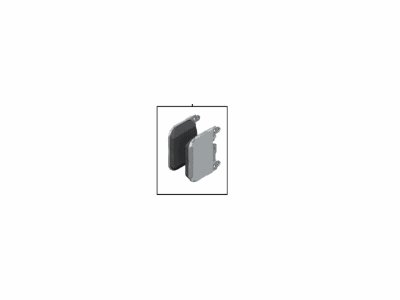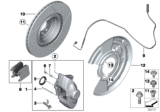×
- Live Chat
- 1-888-580-1680

My Garage
My Account
Cart
Genuine BMW 335i Brake Pads
Disc Brake Pad Set- Select Vehicle by Model
- Select Vehicle by VIN
Select Vehicle by Model
orSeries
Model
Year
Select Vehicle by VIN
For the most accurate results, select vehicle by your VIN (Vehicle Identification Number).
13 Brake Pads found
BMW 335i Rear Brake Pads Set
Part Number: 34216887576$112.30 MSRP: $173.59You Save: $61.29 (36%)Ships in 1-3 Business DaysBMW 335i Front Brake Pad Set
Part Number: 34106878878$141.85 MSRP: $223.00You Save: $81.15 (37%)Ships in 1-2 Business DaysBMW 335i Disc Brake Pad Repair Kit
Part Number: 34116865460$135.95 MSRP: $213.72You Save: $77.77 (37%)Ships in 1-3 Business DaysBMW 335i Brake-Front Pads
Part Number: 34116878876$141.85 MSRP: $223.00You Save: $81.15 (37%)Ships in 1-3 Business DaysBMW 335i Rear Brake Pad Set
Part Number: 34216775678$92.77 MSRP: $143.41You Save: $50.64 (36%)Ships in 1-3 Business DaysBMW 335i Disc Brake Pad Set Rear
Part Number: 34216790762$92.77 MSRP: $143.41You Save: $50.64 (36%)Ships in 1-3 Business DaysBMW 335i Disc Brake Pad Repair Kit
Part Number: 34206799813$102.52 MSRP: $158.48You Save: $55.96 (36%)Ships in 1-3 Business DaysBMW 335i Disc Brake Pad Repair Kit
Part Number: 34216850570$97.65 MSRP: $150.94You Save: $53.29 (36%)Ships in 1-3 Business DaysBMW 335i Disc Brake Pad Repair Kit
Part Number: 34116794917$114.21 MSRP: $176.54You Save: $62.33 (36%)Ships in 1-3 Business DaysBMW 335i Front Disc Brake Pad Set
Part Number: 34116794920$114.21 MSRP: $176.54You Save: $62.33 (36%)Ships in 1-3 Business DaysBMW 335i Repair Kit Brake Pads
Part Number: 34116878882$135.95 MSRP: $213.72You Save: $77.77 (37%)Ships in 1-2 Business DaysBMW 335i Disc Brake Pad Repair Kit
Part Number: 34116859066$141.85 MSRP: $223.00You Save: $81.15 (37%)Ships in 1-3 Business DaysBMW 335i Disc Brake Pad Set - Rear
Part Number: 34216876422$112.30 MSRP: $173.59You Save: $61.29 (36%)
BMW 335i Brake Pads
If you are looking for OEM BMW 335i Brake Pads, we highly recommend to shop with us. Not only do we offer the most budget friendly prices, but we also provide fast delivery. In addition, we have a hassle-free return policy on all genuine BMW 335i Brake Pads that come backed by the manufacturer's warranty.
BMW 335i Brake Pads Parts Questions & Experts Answers
- Q: Can brake pads be replaced without disconnecting the brake fluid hose from the caliper or bleeding the brakes on BMW 335i?A: Brake pads can be replaced without disconnecting the brake fluid hose from the caliper or bleeding the brakes, and rotors can be replaced without disassembling the wheel hub and bearing, with front and rear brake pad replacement procedures being similar. Always replace pads in sets. Begin by raising the car and supporting it safely, then remove the wheels. To measure brake pad lining thickness, use a special tool at either the right front or left rear wheel, moving the wheel until the notch for the brake wear indicator is visible. Insert the tool into the notch so that its body rests on the brake pad backing plate and the tip touches the brake rotor, replacing pads if they are at minimum thickness. Pry off the brake caliper anti-rattle spring, remove plastic caps from caliper guide bolts, and use a special tool to remove the caliper guide bolts before taking the caliper off the pad carrier, ensuring not to let the brake caliper assembly hang from the brake hose. If there is a ridge on the brake rotor edge, press the caliper pistons back into the caliper before removal, then check the brake rotor thickness and inspect for rust or damage, replacing or machining the rotors as necessary. Remove the brake pads in the indicated direction, noting that the inner brake pad has a spring to locate it in the caliper piston. Compress the caliper piston using a special tool, taking care to prevent brake fluid reservoir overflow by removing some fluid first. Check caliper dust boots for damage and clean contact surfaces between the caliper and caliper carrier, applying a thin coating of anti-squeal compound to the caliper contact face and brake pad rests on the pad carrier, avoiding grease on the brake pad backing plate and ensuring the caliper rubber dust sleeve does not contact the anti-squeal compound. When installing directional brake pads, ensure marked pads are used, and if applicable, insert the brake pad wear sensor into the cutout in the new pad, pushing it until it locks into place. Route the pad wear sensor wiring through the caliper opening and under the bleeder dust cap, then complete the installation in reverse order of removal. Clean the brake caliper guide bolts and replace any that are not in perfect condition without greasing them. Top off the brake fluid to the maximum marking, pump the brake pedal several times to ensure contact between the brake pads and rotors, check the brake fluid level, and top off if necessary. Finally, hold the ignition key in the accessory position for at least 30 seconds to clear fault codes and turn off the brake pad warning light, resetting the condition-based service system if the light remains on.

